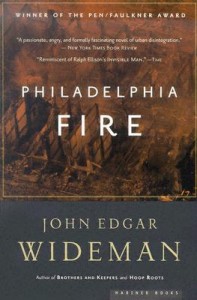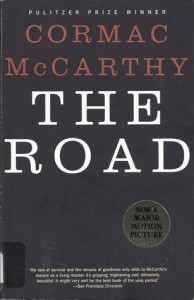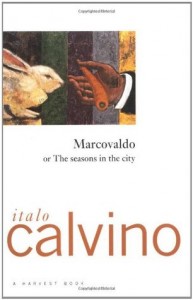There are a myriad of things that make me fall in love with a story, but a strong setting has to be at the top of the list. A literary geography is comprised not just of the landscape where the story takes place but also of people their relationships with the location. Though Fuschia Phlox’s Return to the Aegean is well plotted, the rich characters and gorgeous setting are what captured my heart.
“There is such pleasure in taking from nature what wants to be taken.” – Fuschia Phlox
PHlox reaps the natural beauty of the Greek islands and sows it into the descriptions in this novel. From olive orchards to rocky shores, I wanted to move in with Thalia as she returns to the place she once called home. While Thalia explores the mysteries of her family’s past, the reader is treated to loving descriptions of Greek rituals of life and death.
I’m not always the most careful reader, but something about Phlox’s character descriptions makes it easy to differentiate between the large number of characters in the novel. The characters are believable and I found myself wanting to befriend Irini and Petros. I felt for Mina and I loved Sophia. Each new character seemed to have his or her place in the natural order of the island.
I appreciated that as wide as the focus of characters is, the narrative always returns to swimming and the sea. In fact, the gently insistent way Phlox consistently brings the book back to the theme reminds me of Anne Michaels.
Phlox has a knack for pacing. Each chapter leaves off with a gentle prod forward that kept me reading well past my bedtime. I don’t think I’m spoiling anything if I say the end unfolds like the denouement of a 19th century novel.
“You don’t listen until you are truly ready.” – Fuschia Phlox
This was my first experience reviewing a book from a PDF and the format affected the way I read the book. Because I am used to editing my own work onscreen, I found I had difficulty getting distance from this novel. As a result, I paid more attention to nitpicky things than I normally would when reading for pleasure. For example, the (albeit few) sentences that were overwritten really stuck with me. I also got hung up on the footnotes that defined the Greek words and kept thinking about editing context clues into the text instead. It seems I’m still a few years off from being ready to go the e-reader route.
Overall, I’d say that Return to the Aegean is the perfect mixture of a vacation book and a serious novel. You may think you are wholly engrossed with the mystery, but part of you will be checking flight times on the next plane to Greece.
If this review made you want to read the book, pick up a copy of Return to the Aegean from Bookshop.org. Your purchase keeps indie booksellers in business and I receive a commission.
 In the novel Philadelphia Fire by John Edgar Wideman, Cudjoe, has returned to Philadelphia to find answers about a horrific event that happened on Osage Avenue in 1985. By withholding the bare facts of the case, Wideman puts the reader alongside Cudjoe as he searches for information and insight in an insular neighborhood.
In the novel Philadelphia Fire by John Edgar Wideman, Cudjoe, has returned to Philadelphia to find answers about a horrific event that happened on Osage Avenue in 1985. By withholding the bare facts of the case, Wideman puts the reader alongside Cudjoe as he searches for information and insight in an insular neighborhood. The first time I picked up The Road by Cormac McCarthy, I read it almost straight through, and I was devastated by the bleakness of the post-apocalyptic world. The second time I read it, I leafed through its pages to see if I could find hope among the ashes.
The first time I picked up The Road by Cormac McCarthy, I read it almost straight through, and I was devastated by the bleakness of the post-apocalyptic world. The second time I read it, I leafed through its pages to see if I could find hope among the ashes. I sought out Italo Calvino this morning because I wanted to learn how he creates fairytales that seem to exist very close to reality. In the fourth story of Marcovaldo, “Winter, The City Lost in the Snow,” I found what I was looking for.
I sought out Italo Calvino this morning because I wanted to learn how he creates fairytales that seem to exist very close to reality. In the fourth story of Marcovaldo, “Winter, The City Lost in the Snow,” I found what I was looking for.